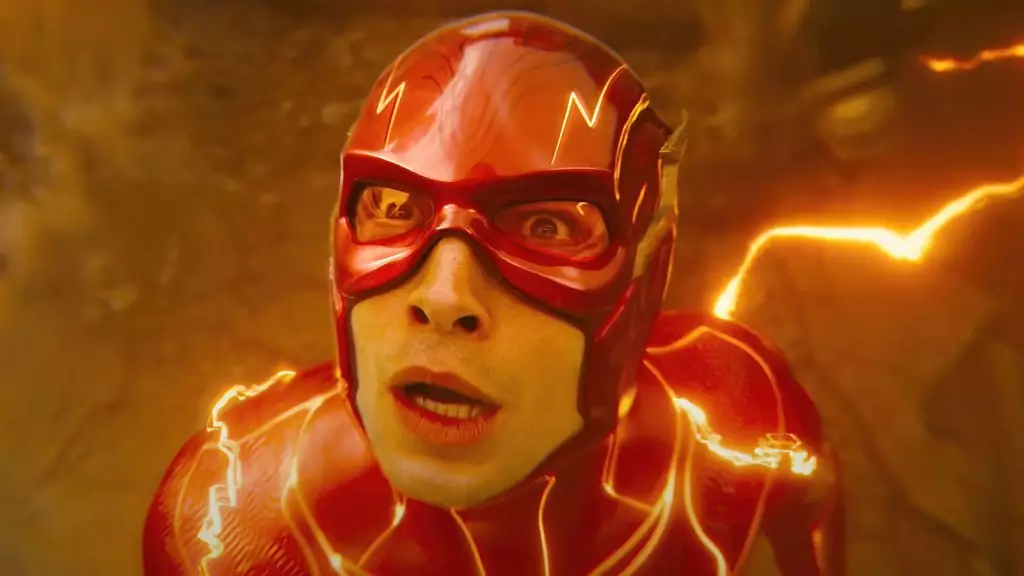In a recent disclosure, Andy Muschietti, the director of “The Flash,” shared his perspective on the dismal box office performance of the film. Speaking candidly in an interview, Muschietti attributed the film’s shortcomings to various reasons, emphasizing a significant disconnect with audiences. He specifically mentioned that “The Flash” failed to resonate across different demographic groups, or “quadrants,” which are crucial for box office success. In his view, for a film with a $200 million budget, it is imperative to capture the attention of a wide audience, extending even to individuals who may not typically engage with superhero films.
Muschietti’s reference to the “four quadrants” highlights a critical strategy in the film industry. These quadrants typically consist of male and female audiences aged over and under 25. The director revealed that the character of The Flash did not generate widespread interest, particularly among female viewership. An analysis of audience demographics from Comscore PostTrak exit polling supports this claim, indicating that only a small percentage of female viewers attended the premiere, which might explain the film’s inability to draw in a broader audience. This lack of connection with significant gender demographics illustrates a fundamental miscalculation in the film’s marketing strategy.
Another factor negatively impacting “The Flash” was the public relations crisis surrounding star Ezra Miller. Muschietti acknowledged that the controversy surrounding Miller’s legal troubles and mental health challenges was something beyond his or the studio’s control. Such crises often overshadow the artistic achievements of a film, diverting attention away from the creators’ hard work and talent. Despite this, Muschietti praised Miller’s performance, highlighting their positive collaborations during production. This nuanced view presents a dichotomy; while the filmmaker believes in the film’s quality, external factors played a pivotal role in its reception.
Looking ahead, the discussion about “The Flash” isn’t merely an eulogy for an underperforming film; it’s also a forward-looking perspective on the evolving landscape of DC films. With new leadership from James Gunn and Peter Safran shaping the future of the DC Universe, Muschietti has an opportunity to steer another superhero project: “The Brave and the Bold.” This upcoming film will introduce audiences to a fresh narrative involving Batman and his son, Damien Wayne. This shift signals a potential return to form for the franchise, as it explores rich character dynamics while possibly appealing more successfully to a wider audience.
While “The Flash” struggled at the box office, Muschietti raises essential considerations about audience engagement, demographic outreach, and uncontrollable external factors. As the DC Universe embarks on a new chapter, the lessons learned from this experience could serve as invaluable insights for future endeavors in the superhero genre. Understanding these dynamics can help filmmakers develop better strategies to connect with diverse audiences and avoid the pitfalls that lead to inadequate reception.

